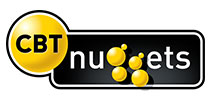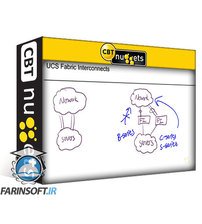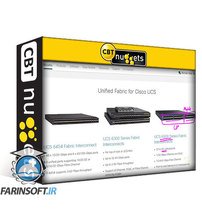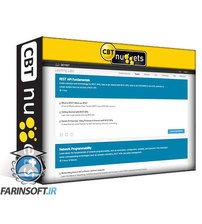جمع جزء: 1,668,000 تومان
- × 1 عدد: Adobe Photoshop CC Beginner to Intermediate Course - 139,000 تومان
- × 1 عدد: Learn Go Programming with 20 Projects - 139,000 تومان
- × 1 عدد: Professional Certificate in Career Coaching - 139,000 تومان
- × 1 عدد: Khawar Butt - SDA - Aug 2022 - 139,000 تومان
- × 1 عدد: Expense Manager App with LWC OSS,JSforce, OAuth2 & Expressjs - 139,000 تومان
- × 1 عدد: Relational Databases Essential Training - 139,000 تومان
- × 1 عدد: Credential Access with Hashcat - 139,000 تومان
- × 1 عدد: Primavera P6 Professional Project Management - 139,000 تومان
- × 1 عدد: Keep Hacking at HackerOne - 139,000 تومان
- × 1 عدد: Web Hacking Expert - Full-Stack Exploitation Mastery - 139,000 تومان
- × 1 عدد: آموزش اتومات کردن فرآیندهای بازاریابی - 139,000 تومان
- × 1 عدد: آموزش استفاده از هوش مصنوعی در بانکداری و امور مالی - 139,000 تومان








-main-resized.jpg)




